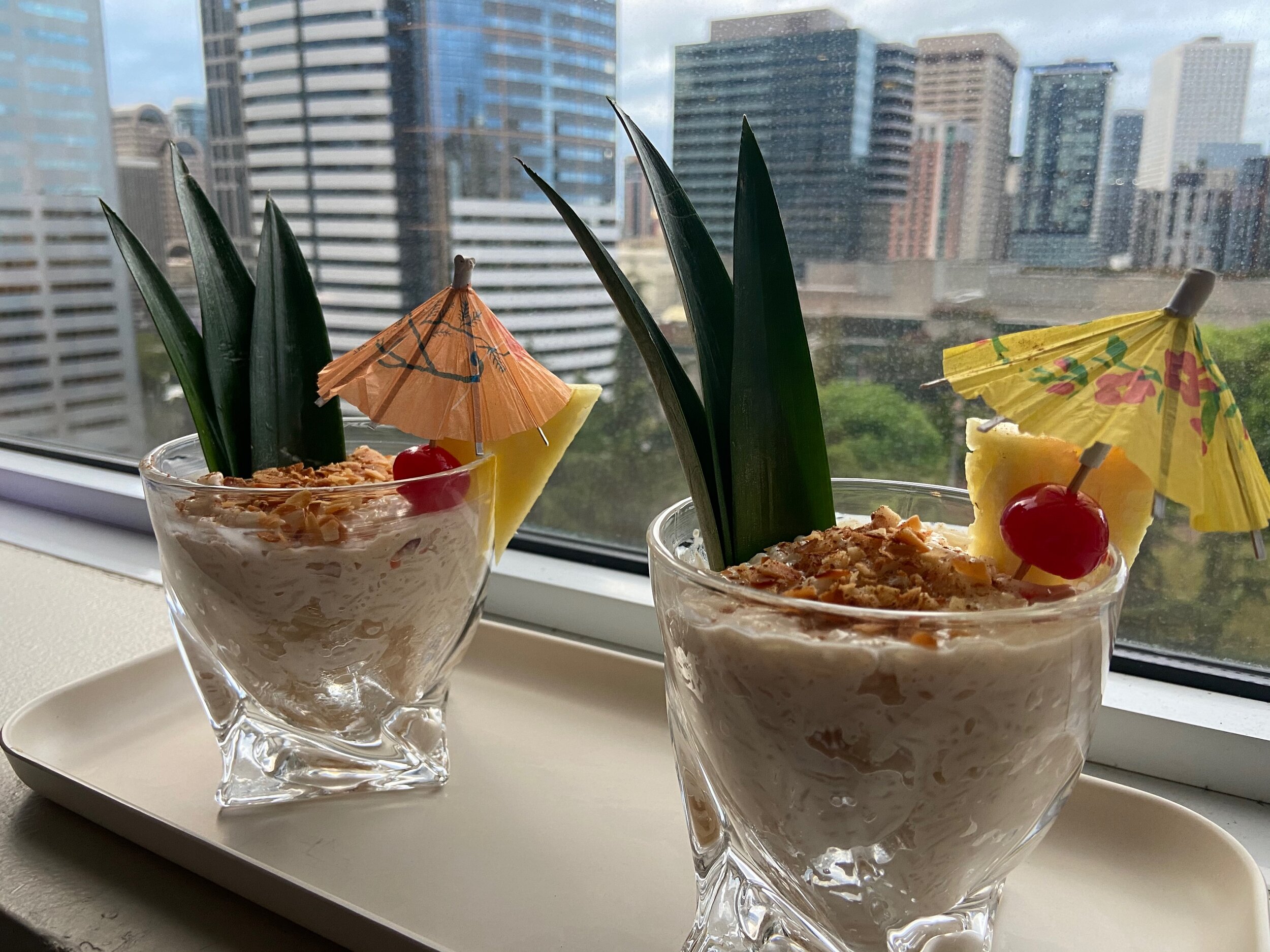Can you build a sturdy bridge? Make a beautiful-looking meal? Balance random objects on top of each other? These were just some of the challenges that Aspect staff took on this spring during the first “season” of Aspect Survivor.
The idea came from Principal Geotechnical Engineer Henry Haselton, whose extended family did a Survivor-style challenge as a way to stay connected during COVID. Henry was curious to see how Aspect staff would rise to similar challenges. He recruited his nephew to devise a series of tests that would pit coworker against coworker.
Aspect Survivor started with 21 people on three teams – Geo, Aqua, and Terran. Over 8 weeks, participants faced 16 challenges, formed and fractured alliances, and voted each other out until just ONE contender was left standing: newly hired Staff Engineer Rachel Cornwell.
Aspect Survivor winner Rachel Cornwell talks about her winning strategy
The Challenges
Challenges ranged in complexity. There were games of skill (variations on sudoku and chess), games of chance (a virtual hunt for an immunity idol through the San Juan Islands), and some games that required a bit of both – like the “3 Truths and 2 Lies” challenge, where competitors had to review statements from their colleagues and guess which were true and false (would you be able to guess which of your coworkers once travelled through Ireland in a milk truck?)
Several challenges focused on physical health, pitting teams against each other to see who could exercise the most, eat the most vegetables, and drink the most water. That last challenge was won by Staff Engineer Baxter Call, who in just two days drank 800 ounces of water— the equivalent of 100 cups of tea.
Stack it Up
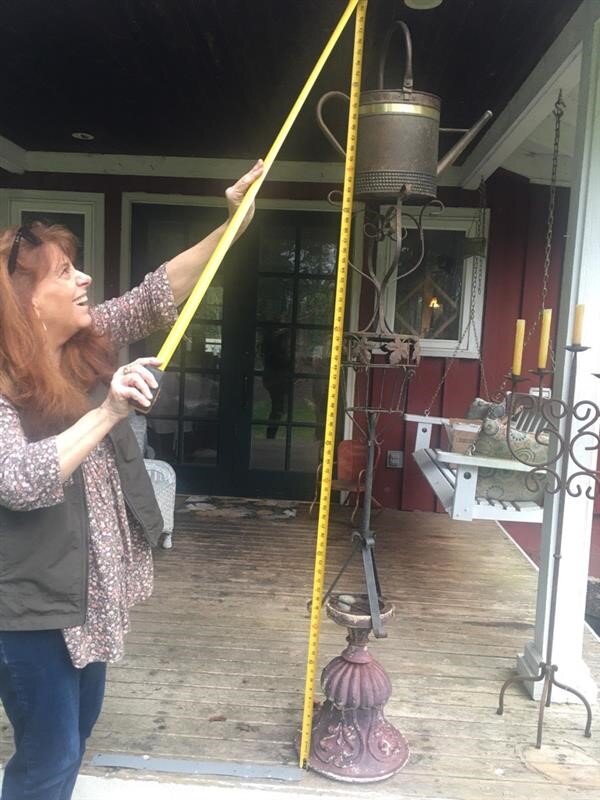
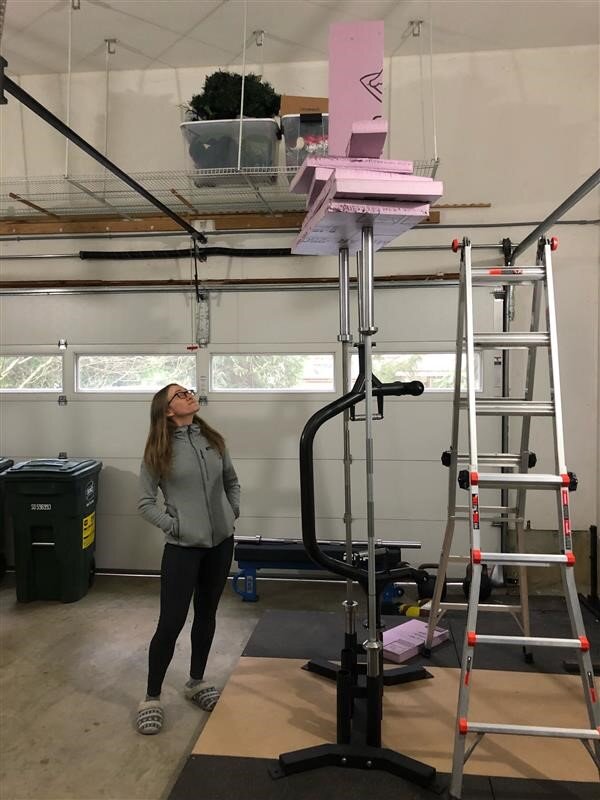
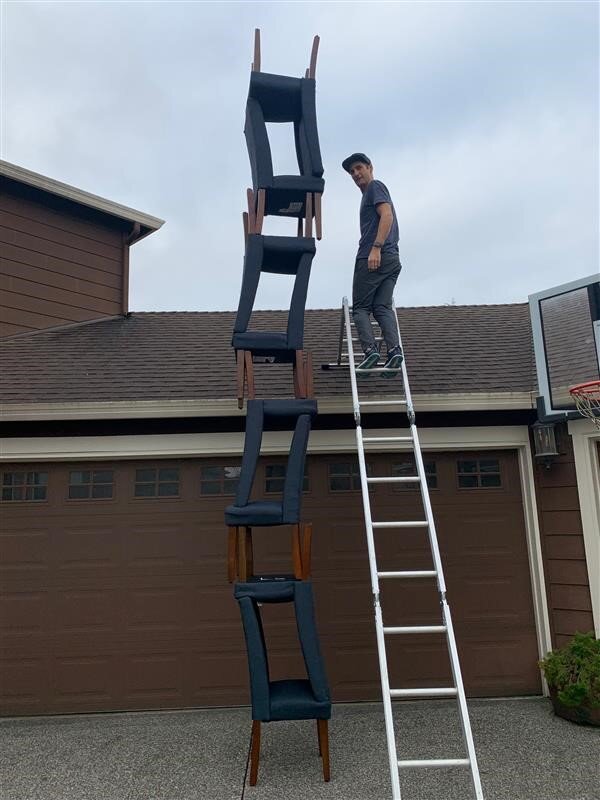
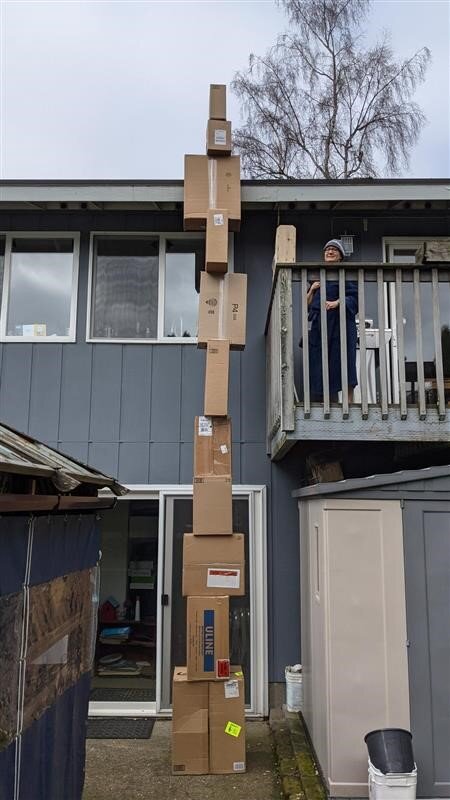
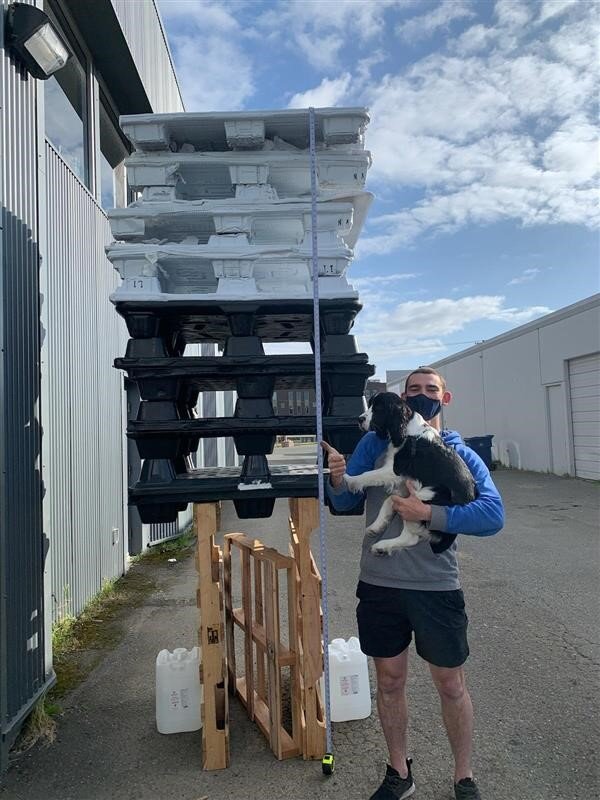
This challenge brought random objects out of the house, garage, and even the Aspect Field Office to see how high they could be stacked and remain standing.
Food Appeal
This challenge focused on beautiful meal presentation. There was homemade ratatouille, Southeast Asian red lentil Dahl, and a Lion-and-Bear breakfast comprised of a whole-wheat English muffins with peanut butter and strawberries orange slices, and coconut rice pudding served cocktail style with pineapple, maraschino cherries, and toasted coconut.
Love Thy Neighbor
This challenge asked contestants to perform a random act of kindness for someone outside their immediate family. Contestants cleaned up their streets, made care packages for friends, and baked cookies for neighbors.
The Coordination
With everyone working virtually and participating from across our offices, the majority of the official presentations – including councils where participants were voted out – were done over Microsoft Teams. There was one official Aspect Survivor channel where challenges were announced and Council was held each week. While we’ll never know the details of all the scheming, strategic alliances, and back-alley negotiations, we have heard rumors of the extent to which trust was forged, tested, and broken as the field of contenders thinned.
For those of us not participating, we followed along to track each week’s challenge, stay current on the winners and losers, and make our bets about who would be voted out. There were also video recaps from the Aspect Sports Desk to bring everyone up to speed on competition standings.
The Winners
In the end, the Final Three were Accounting Assistant Allison Watt, Senior CAD Specialist Caroline Van Slyke, and Staff Engineer Rachel Cornwell. The grand finale was a live presentation where they pitched their case to a jury of previously eliminated contestants. In the end, Rachel was voted the winner.
“My main strategy was to make as many friends as I could”
- Rachel Cornwell
Rachel, who started at Aspect in July 2020, had only ever met a handful of her coworkers in person. Having watched some seasons of Survivor before, she knew a proven strategy was to lay low and go along with the majority at the start, then form alliances once the field had narrowed. She banded together with the few staff she’d crossed paths with at the Aspect Field Office, and stayed true to that alliance to the end.



